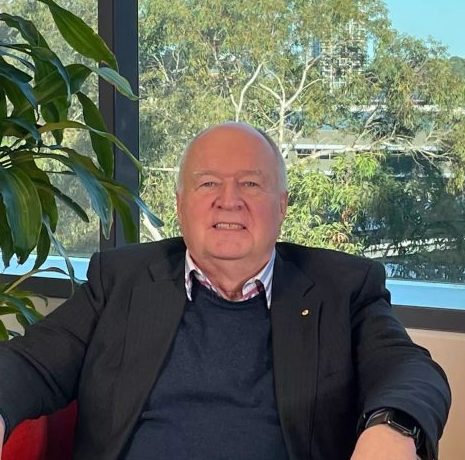Dr Sim: In practice, we should go with both symptoms and NT-proBNP. It is hard to ignore the symptoms. It does not cost a single cent to ask a patient for history; it is something very easy. NT-proBNP is mainly done for two reasons – One, beside symptoms, NT-proBNP gives us more information about the prognosis, because, especially in Asia, many patients tend to downplay the symptoms.
Sometimes patients live with heart failure for so many years that they now assume having a class II or class III functional status is normal. Sometimes the symptom can be a bit near subjective. That is when NT-proBNP can be very useful, a bit more objective, as we know that not all agents act on NT-proBNP equally. You can see that SGLT2i and ARNi seems to work differently across the different NT-proBNP quartile. As we look at the VICTORIA trial result, in terms of Vericiguat, it seems that only certain subgroups, less than 8000 pg/mL have a better response. More than 8000 pg/mL may not respond at all. So, it will be very useful in future the use of NT-proBNP subgroups, of which patient groups will benefit, because as you know, it’s not practical to make a patient take 7 or 8 different classes of drugs which we currently have. Streamlining will help to determine which patient will benefit the most. Nowadays, a very important aspect in many nations is cost-effectiveness. Now it is easier to justify why an expensive drug is prescribe for a patient.

















